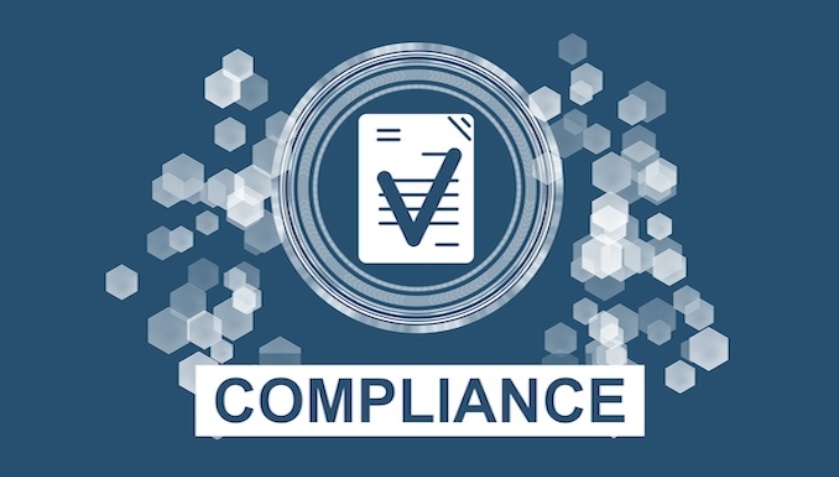Cost and Availability: Lithium Dodecyl Sulfate (LDS) vs. Sodium Dodecyl Sulfate (SDS)
When comparing Lithium Dodecyl Sulfate (LDS) and Sodium Dodecyl Sulfate (SDS), economic considerations such as cost and availability are crucial. These factors significantly impact their feasibility and adoption in various applications. Here’s a detailed exploration of cost and availability for LDS and SDS:
- Raw Material Costs:
Sodium Dodecyl Sulfate (SDS):
Abundant Raw Materials: SDS is derived from dodecyl alcohol and sulfuric acid, both of which are widely available and relatively inexpensive. The widespread availability of these raw materials contributes to the overall cost-effectiveness of SDS.
Economic Production: The production process for SDS is well-established, with economies of scale reducing costs further. This makes SDS a cost-effective choice for large-scale industrial applications.
Lithium Dodecyl Sulfate (LDS):
Lithium Costs: The cost of lithium is generally higher than that of sodium, primarily due to its relatively limited supply and higher demand in various industries, including batteries and electronics.
Raw Material Availability: The availability of raw materials for LDS production might be more constrained compared to those for SDS, impacting its overall cost. The extraction and processing of lithium can be more complex and costly.
- Manufacturing Processes:
SDS:
Efficient Production: The manufacturing process for SDS is highly efficient and well-optimized. Large-scale production facilities benefit from streamlined processes, reducing production costs.
Established Infrastructure: The infrastructure for SDS production is well-developed, with numerous manufacturers globally, ensuring consistent supply and competitive pricing.
LDS:
Specialized Production: The production of LDS might require more specialized processes and equipment, particularly due to the handling and incorporation of lithium. This can increase manufacturing costs.
Scaling Challenges: Scaling up production of LDS might present challenges, especially if the processes are not as well-optimized or widespread as those for SDS. This can impact the cost and availability of LDS in the market.
- Market Demand and Supply Dynamics:
SDS:
High Market Demand: SDS has a high market demand due to its extensive use in household cleaners, personal care products, and industrial applications. This high demand supports large-scale production and competitive pricing.
Stable Supply Chain: The supply chain for SDS is stable, with numerous suppliers and well-established distribution networks. This ensures consistent availability and mitigates significant price fluctuations.
LDS:
Niche Market Demand: LDS might have a more niche market demand, primarily in specialized applications where its unique properties are advantageous. This limited demand can affect its production scale and cost.
Supply Chain Constraints: The supply chain for LDS might be less developed compared to SDS, potentially leading to variability in availability and higher prices. Limited suppliers and production facilities can impact consistent supply.
- Application-Specific Costs:
SDS:
Cost-Effective for General Use: SDS is highly cost-effective for general use in a wide range of applications, from cleaning products to industrial processes. Its low cost per unit makes it a preferred choice for bulk applications.
Economies of Scale: The widespread use of SDS allows manufacturers to benefit from economies of scale, further reducing costs and improving its affordability.
LDS:
Potential Premium Pricing: LDS might be priced at a premium compared to SDS, particularly if its production costs are higher and its applications more specialized. This can impact its adoption in cost-sensitive markets.
Value in Specialized Applications: Despite higher costs, LDS might offer value in specialized applications where its unique properties provide significant benefits, justifying the premium pricing.
- Regulatory and Compliance Costs:
SDS:
Established Regulatory Framework: SDS is governed by well-established regulatory frameworks, with clear guidelines for safety, labeling, and environmental impact. Compliance costs are predictable and manageable.
Compliance Costs: The cost of regulatory compliance for SDS is relatively low due to its long-standing use and well-understood safety profile. Manufacturers are well-versed in meeting regulatory requirements.
LDS:
Emerging Regulatory Considerations: As a less common surfactant, LDS might face emerging regulatory considerations. Ensuring compliance with evolving regulations can incur additional costs.
Research and Testing: Compliance with safety and environmental standards for LDS might require extensive research and testing, impacting overall costs. These expenses are necessary to establish LDS’s safety profile and regulatory acceptance.
- Research and Development Costs:
SDS:
Minimal R&D Investment: Given its long-established use, SDS requires minimal ongoing research and development investment. Existing formulations and applications are well-documented, reducing the need for extensive R&D.
Innovation in Applications: While basic R&D costs are low, innovation in new applications and formulations can still occur, driven by market demand and technological advancements.
LDS:
Significant R&D Investment: Development of LDS for new applications might require significant research and development investment. Understanding its properties, optimizing production processes, and exploring new uses all contribute to higher R&D costs.
Potential for Innovation: The investment in R&D for LDS can drive innovation, uncovering new applications and benefits that justify the initial costs. Successful R&D can lead to unique market positions and competitive advantages.
- Environmental and Sustainability Costs:
SDS:
Environmental Impact Management: The environmental impact of SDS, particularly its toxicity to aquatic life, necessitates investment in environmental management and mitigation measures. These costs are factored into its overall pricing.
Sustainability Efforts: Efforts to develop more sustainable surfactants and reduce SDS’s environmental footprint are ongoing, potentially impacting future costs.
LDS:
Sustainability Potential: LDS might offer sustainability advantages in specific contexts, potentially reducing long-term environmental costs. Research into its environmental impact and biodegradability is necessary to confirm these benefits.
Lifecycle Costs: Understanding the full lifecycle costs of LDS, including its environmental footprint and sustainability measures, is crucial for assessing its overall cost-effectiveness.
- Market and Economic Trends:
SDS:
Market Stability: The market for SDS is relatively stable, driven by consistent demand across multiple industries. Economic trends generally support the stable pricing and availability of SDS.
Competitive Market: The competitive nature of the SDS market helps keep prices low and ensures a steady supply, benefiting consumers and manufacturers alike.
LDS:
Market Fluctuations: The market for LDS might be more susceptible to fluctuations, particularly if driven by niche applications and limited suppliers. Economic trends and shifts in demand can impact its cost and availability.
Emerging Market Potential: As an emerging surfactant, LDS might see growth in new markets, driven by its unique properties and potential benefits. This growth can influence its cost dynamics and market position.
In summary, while SDS benefits from cost-effectiveness, abundant supply, and established infrastructure, LDS might face higher costs and availability constraints due to more specialized raw materials, production processes, and niche market demand. Understanding these economic factors helps in making informed decisions about the choice and use of these surfactants in various applications.
Each of these directions offers a unique perspective on comparing Lithium Dodecyl Sulfate and Sodium Dodecyl Sulfate, providing a comprehensive understanding of their similarities, differences, and respective applications.










